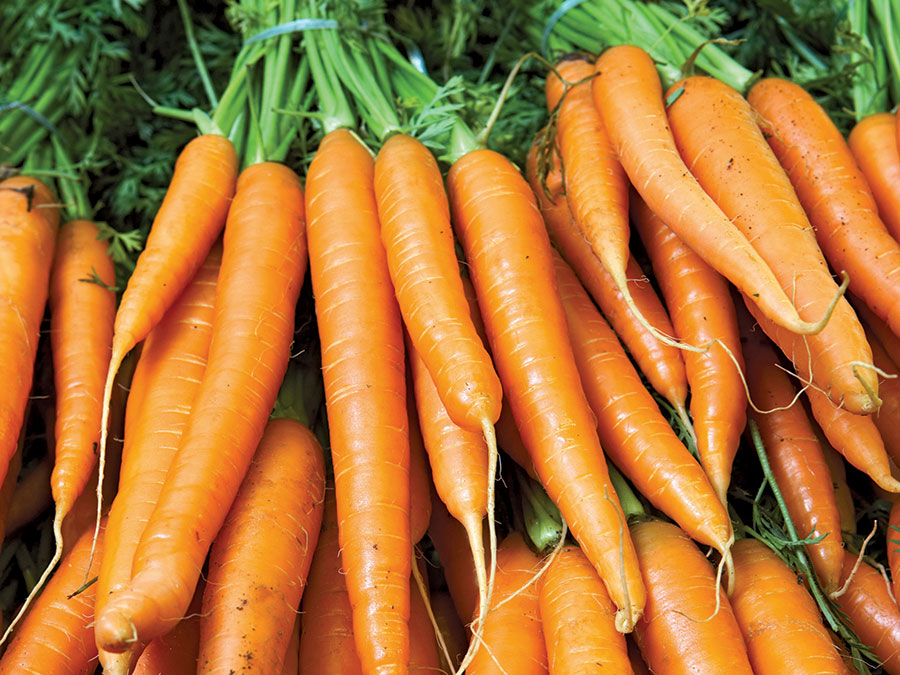April 4th is International Carrot Day. February 3rd is National Carrot Cake Day. January is National Carrot Month. Summer is when carrots actually grow in the garden. And you can eat them, of course, all year round. In other words, almost every day is Carrot Day.
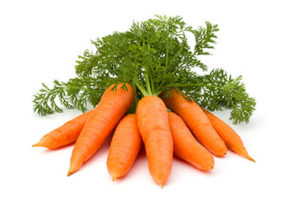 |
Listen to the National Carrot Day Anthem. Sung by carrots. |
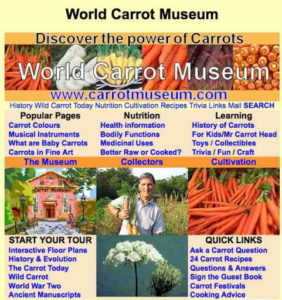 |
All things carrot! The World Carrot Museum is surely the most comprehensive carrot site on the Web, featuring everything from carrot history and carrot recipes to carrot musical instruments, carrot toys, and carrots in the fine arts. |
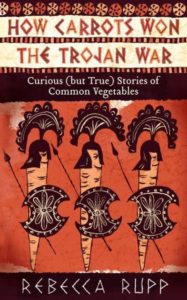
|
How Carrots Won the Trojan War (Storey Publishing, 2011) is an award-winning science and history of garden vegetables. It’s an adult book, but is packed with stories and information adaptable for a wide range of educational and just plain interesting purposes. Find out, for example, about the Burmese Cucumber King, the pirate who discovered bell peppers, and what corn has to do with vampires. For carrot-lovers, learn about Peter Rabbit’s diet, Henry Ford’s carrot obsession, and how carrots helped win not only the Trojan War but World War II. |
Table of Contents
Carrot Books
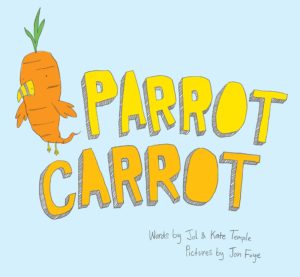
|
By Jol Temple and Kate Temple, Parrot Carrot (Allen & Unwin, 2012) is a quirky picture-book mash-up of pairs of rhyming objects – such as a parrot carrot, moose goose, and snake rake. For ages 3-5. |
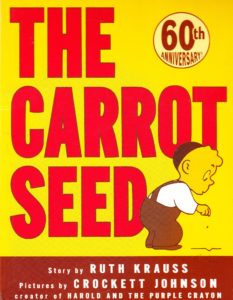
|
In Ruth Krauss’s classic The Carrot Seed (HarperCollins, 2004), a little boy (in beanie and overalls) plants a carrot seed and tends it devotedly, even though everybody around him insists that “it won’t come up.” He’s rewarded for his faith and patience with a perfectly enormous carrot. For ages 3-6. |
| The Carrot Seed for philosophers: see guidelines and discussion questions here. (“How do you know when it’s right to stand your ground?”) | |
| For many more resources, also see Philosophy. | |
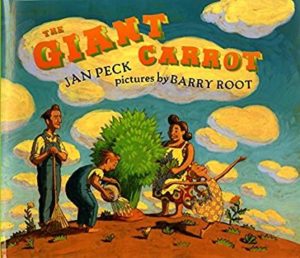
|
Jan Peck’s The Giant Carrot (Dial, 1998) is a version of the Russian folktale “The Turnip.” Here it’s set on a tumbledown farm in the U.S. (there’s a cabin, complete with derelict car on cinderblocks) where Little Isabelle’s singing and dancing miraculously produce a humongous carrot. Included are recipes for carrot pudding and carrot stew. For ages 3-8. |
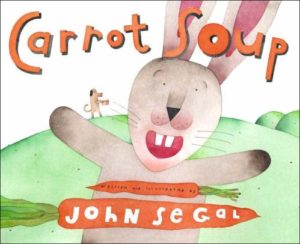
|
In John Segal’s Carrot Soup (Margaret K. McElderry, 2006), Rabbit loves to garden – but after a summer of tending his carrot crop, he finds to his dismay that all the carrots have disappeared. His animal friends deny any knowledge of missing carrots – though it’s clear from the background illustrations that they’re all busily harvesting them and hauling them away. All ends happily, however, with a surprise party for Rabbit and a meal of his favorite carrot soup. Included is a carrot soup recipe. For ages 3-8. |
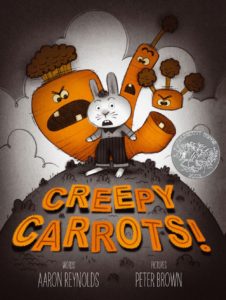
|
In Aaron Reynolds’s Creepy Carrots (Simon & Schuster, 2012), with great black-and-orange illustrations by Peter Brown, Jasper Rabbit has been greedily gobbling carrots, and now the carrots have caught up with him. Soon he’s seeing ominous carrots everywhere and hearing the “soft…sinister…tunktunktunk of carrots creeping.” For ages 4-8. |
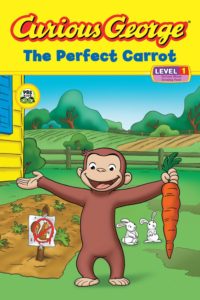
|
In H.A. Rey’s Curious George: The Perfect Carrot (Harcourt, 2010), George – with the help of the Man in the Yellow Hat – plants a garden of carrots, but then decides that his prize carrot is too perfect for anyone to eat. Until, that is, his friend Bill’s pet bunnies show up, lost and hungry. For ages 4-8. |
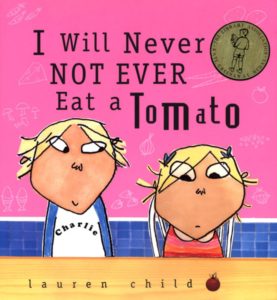
|
In Lauren Child’s I Will Never Not Ever Eat a Tomato (Candlewick, 2003), Lola, a determinedly fussy eater, not only rejects tomatoes, but almost everything else as well, including potatoes, peas, fish sticks, and carrots. Imaginative big brother Charlie changes her mind by giving food a whole new spin: potatoes are cloud fluff from Mount Fuji; fish sticks are mermaid food; tomatoes are moonsquirters. And carrots? They’re orange twiglets from Jupiter. For ages 4-8. |
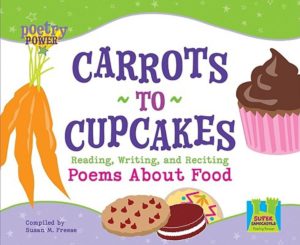
|
By Susan M. Freese and Jan Westberg, Carrots to Cupcakes (Super Sandcastle, 2008) is a cartoon-illustrated activity book on reading, writing, and reciting poetry through poems about food. Included are twelve food poems by such kid-friendly poets as Jack Prelutsky and Kenn Nesbit, examples of student work, and explanations of basic poetry concepts. For ages 6-9. |
| Also see Poetry I and Poetry II. |
